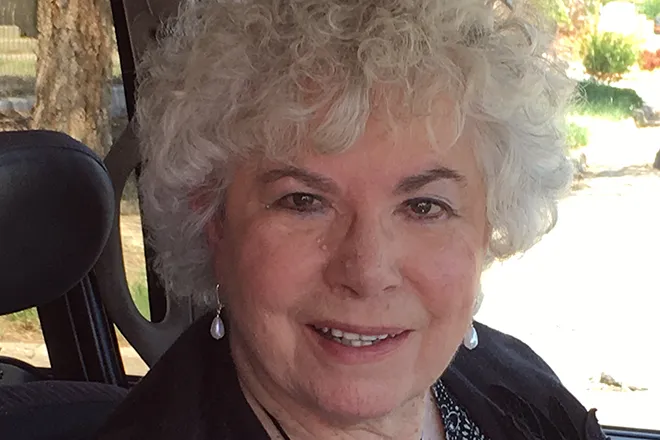
Dear Dietitian – Tips for successfully following a low sodium diet
Dear Dietitian,
My husband was recently in the hospital and was diagnosed with congestive heart failure. He has been instructed to follow a 2,000 mg sodium diet. He’s trying, but it’s tough. I’m afraid he will get frustrated and give up. Any words of wisdom?
For readers unfamiliar with congestive heart failure (CHF), it’s a chronic condition where fluid builds up around the heart, causing it to pump inefficiently. Salt draws water; therefore, a low sodium diet is prescribed to help manage the condition. A low sodium (2,000mg) salt diet is not easy to follow. To put that in perspective, most Americans consume 3,400 mg of salt each day.
The good news is a diet low in salt can still be delicious.
Behavior change is a process that takes time; it is not an event. Following are the stages of change (Prochaska and DiClemente, 1986).
- Precontemplation – The person has no plans to change in the near future. They believe the positives of using salt outweigh any negatives.
- Contemplation. – People in this stage may consider cutting down on salt but are indecisive about taking the first step.
- Preparation- The person views the cons of continuing their behavior as outweighing the pros and is more willing to take the first step.
- Action- The person has changed his behavior and plans to move forward. There is still ambivalence about change, and relapse is possible.
- Maintenance- The patient can avoid temptations to return to using salt. He may have slips but doesn’t see this as failure.
There are several things you can do to support your husband in his lifestyle change. Most hospitals offer Cardiac Rehabilitation classes where diet and exercise are taught. You may have already attended these classes with your husband.
Although patients are educated on their diet in the hospital, it is a lot to take in. I strongly recommend an outpatient appointment with a Registered Dietitian Nutritionist (RDN). The outpatient setting is much more relaxed. The patient usually feels better by that time, so it’s easier to learn. Most insurances will cover the cost. Also, interview the dietitian over the phone to see if it’s a good fit before making an appointment. Any dietitian will have the information to teach you, but styles and attitudes vary widely.
If you are the cook, prepare appetizing meals that use herbs for seasoning instead of salt. There are numerous recipes on the internet.
Finally, compliance is a choice that the patient has to make. No one else can make it for them. Don’t expect to see significant changes for at least six weeks, so try to be patient.
Until next time, be healthy!
Dear Dietitian
















